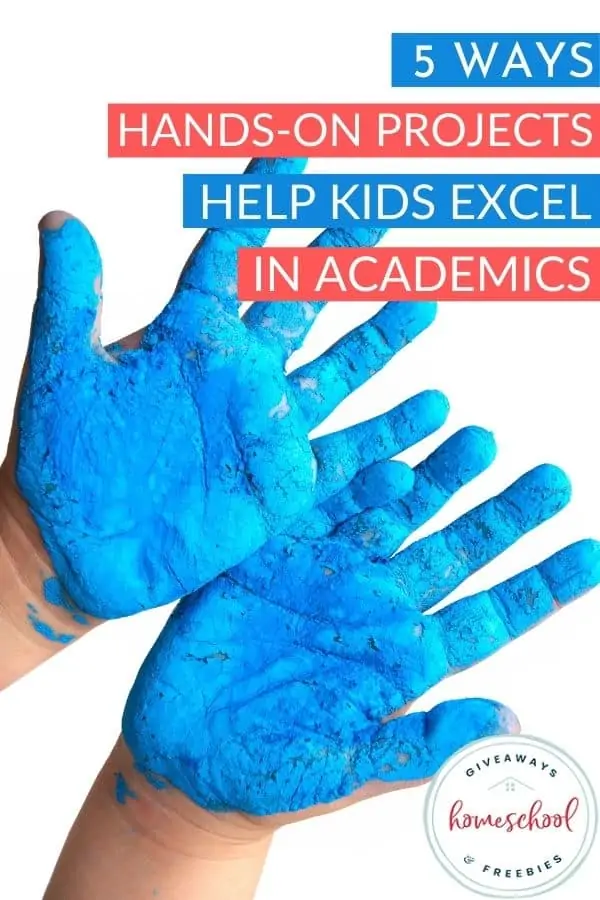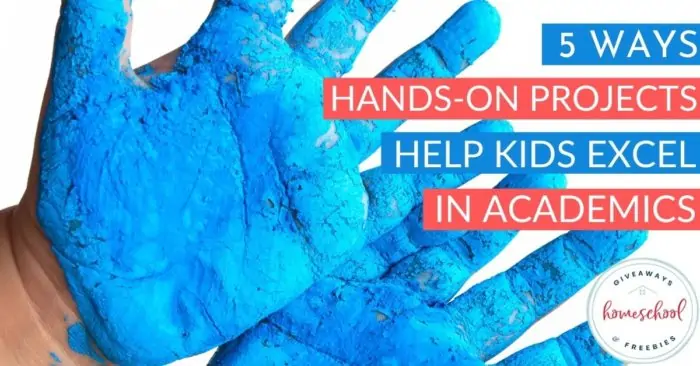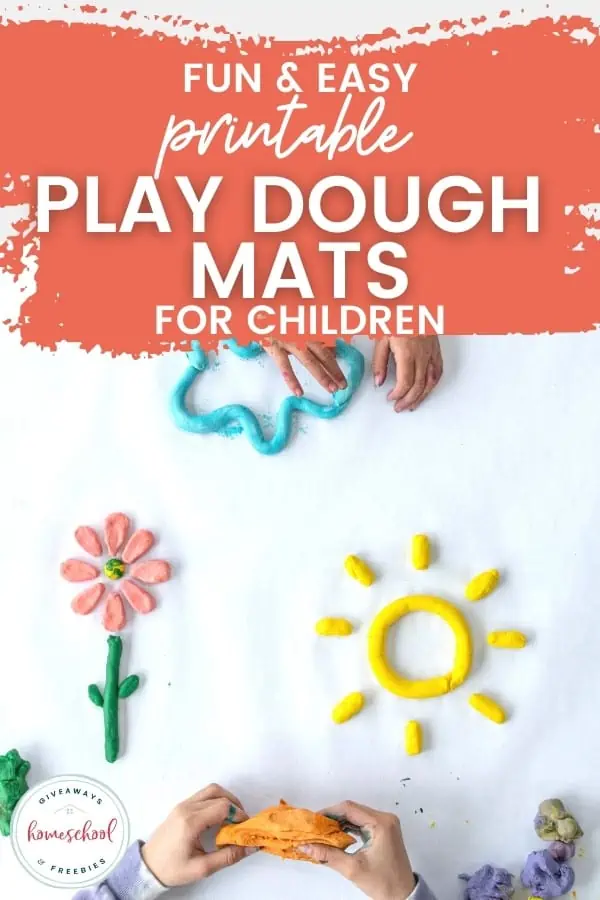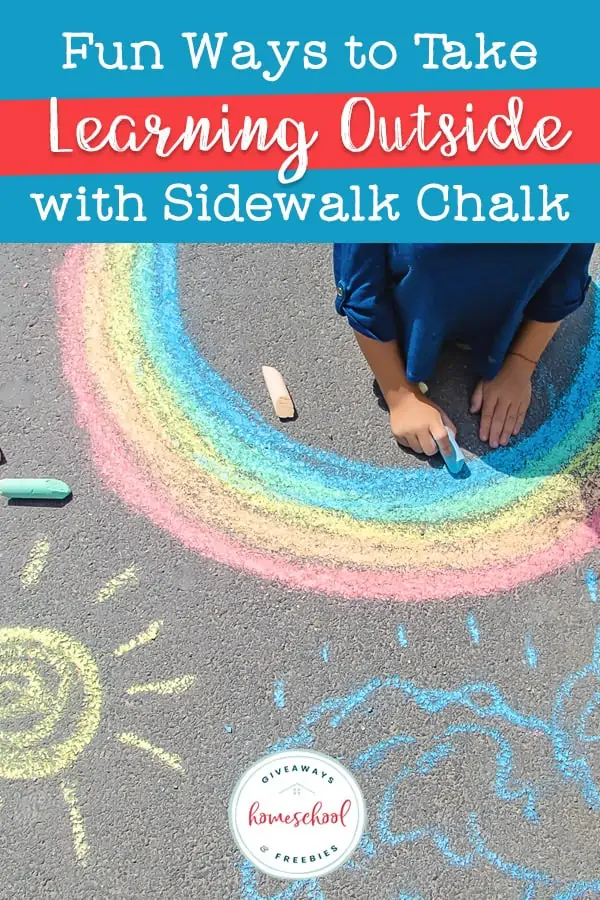5 Ways Hands-On Projects Helps Kids Excel in Academics
Published:
January 28, 2021

Contributor:
KiwiCo
Disclosure: This post may contain affiliate links, meaning if you decide to make a purchase via my links, I may earn a commission at no additional cost to you. See my disclosure for more info.
Hands-on projects are simply ways to allow your kids to learn by doing. Instead of instructing a child how to complete a task or explaining what something means, your kids can see the concept in real life!
Would you rather take a course about riding a bicycle, complete with fill-in-the-blank worksheets, a coloring page, and a final quiz? Or, is it better for kids to get up on that bike, maybe fall a few times, but learn how to actually ride a bike? That’s learning by doing at it’s finest!
So, if you want your kids to excel in their academics, sometimes you need to put the textbooks away and let them get their hands dirty in a project.
You can challenge your kids with a different DIY to do at home everyday. Here are five ways hands-on projects help kids excel in their academics and some simple ideas to get your started with DIYs.
Engages Our Kinesthetic Learners
Some kids learn best by visual means. Other kids need an auditory component. Many kids, especially in the younger years, will be engaged by hands-on learning because they really can understand concepts better when they’re working with their hands.
One example of how to engage your kinesthetic learner is to take an abstract idea and let them work with it in the real world. Instead of just learning about chain reactions and the concept of energy, you could use jumbo craft sticks to create your own Craft Stick Chain Reaction.
Your kids will be more likely to remember the concept you’re trying to teach them if you engage them in a hands-on way.
Hands-on Projects Help With Problem Solving
One of the skills that our kids will need in their future is problem solving. Having this skill will set them apart from their peers in future educational and professional pursuits. The ability to problem solve also shows up in many academic subjects.
Here’s one fun example of a hands-on project that encourages children to use problem solving skills. Creating a cardboard tube marble run is a simple activity that even your younger kids can do. Add in a few siblings and you’ll also be helping them with their communication and collaborative skills.
Creating a marble run will keep your kids busy for hours and only requires simple materials which you probably have on hand: toilet paper or paper towel tubes, masking tape, scissors, and marbles.
Your Kids Will Have Increased Retention
Kids and teens can learn engineering principles through a textbook. They can read about how distance, speed, and time are all related. But it may go in one ear and out the other. Dyslexics especially will struggle with this type of instruction.
If you want to help your students have increased retention, then try to include more hands-on projects in your homeschool.
For example, this Wind Powered Car DIY Project will engage your teenagers more than a textbook, and they’ll likely remember the concepts long after you finish the project.
If you head on over to the DIY Wind Powered Car Project you’ll find that your teens will be instructed to experiment with different designs and how those engineering changes impact the final results and functionality. You’d better believe they will remember those scientific concepts at a deeper level plus for a longer time because you used a hands-on approach.
Hands-on Projects Provide An Engaging Way to Learn
Hands-on projects provide an engaging way to learn. Once again, instead of merely filling out worksheets to practice a new concept or learn a new skill, consider finding a hands-on way to engage with the material.
When your little ones are learning about primary and secondary colors, consider this Frozen Color Mixing DIY instead of a traditional approach.
Exercises Their Creative Muscle
Finally, using hands-on projects in your homeschool will help your kids exercise their creative muscle. This is especially true when you give them materials to create their own imaginative play world.
Consider this DIY project of making washi tape dolls. All you need are wooden peg dolls, some markers, and cute washi tape to keep your kids ages 3-8 busy, happy, and creative for hours on end!
You can find many more weekly DIYs to do with your kids at KiwiCo.









